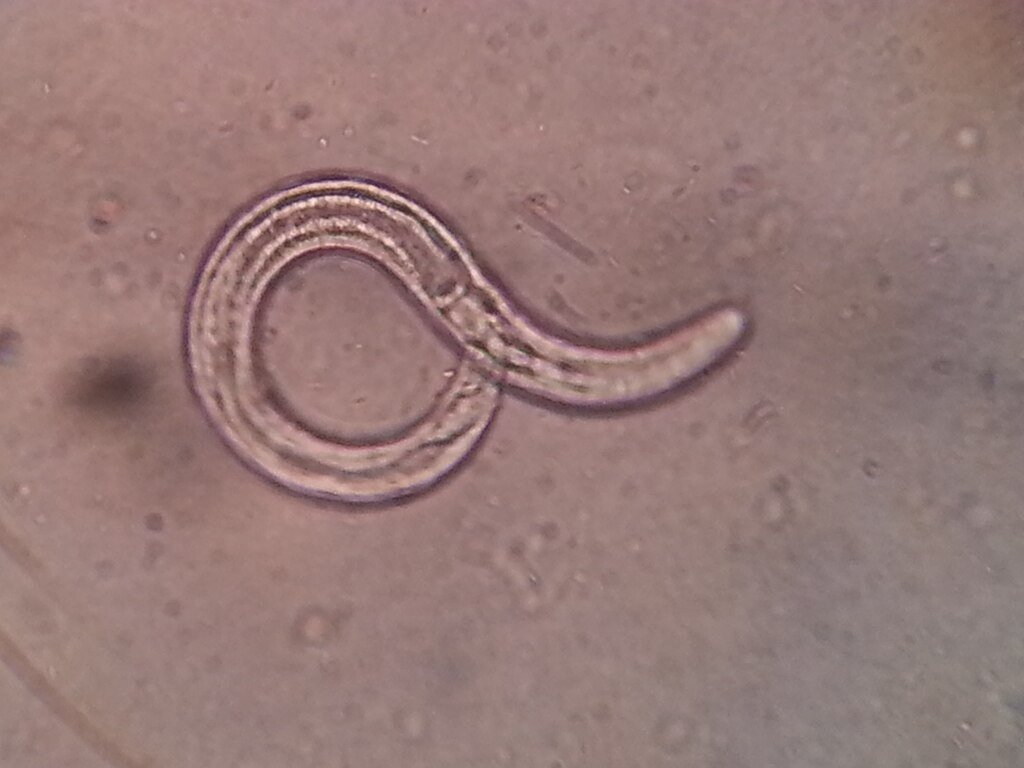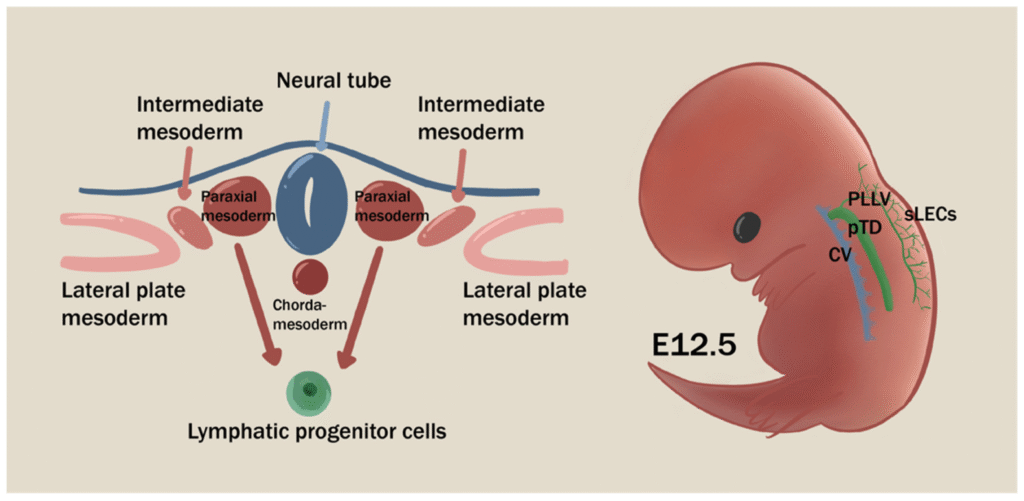Doctors were shocked to find that the new kidney they were going to give a 61-year-old man was full of parasitic worms. This nearly cost him his life. Ten weeks after the surgery, the patient was taken back to Massachusetts General Hospital (MassGen) in bad shape, throwing up, having a fever, and having trouble breathing. What came next was a medical detective story that revealed a rare but scary risk in organ transplants: parasites that go undetected in donated organs. The New England Journal of Medicine wrote about the case, which showed a flaw in transplant screening procedures. It led to changes that saved lives, but not before a second patient also got sick.
A Transplant Turns Into a Nightmare
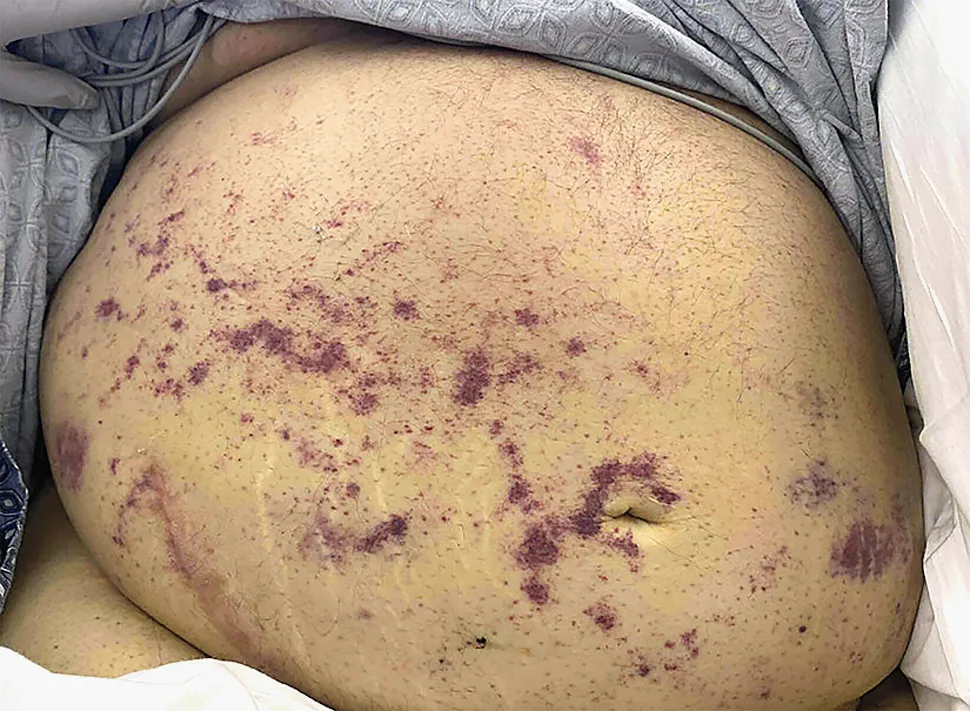
The patient, had a kidney transplant at MassGen and hoped to start a new life. But two months later, he was back in the hospital with very bad symptoms: constant nausea, extreme thirst, stomach pain, and a drop in oxygen levels. Doctors found that his lungs were full of fluid, and his blood pressure dropped so low that he went into shock. A strange purple rash spread over his stomach, which was a sign that something much worse was going on.
He was open to infections because he had to take immunosuppressant drugs to keep his organs from rejecting each other. But antibiotics and antivirals didn’t work. Dr. Camille Kotton, an infectious disease specialist, led the medical team. They had a terrifying realisation: this was not a normal complication after surgery. It was an invasion.
The Parasite Hunt: A Medical Mystery Unfolds
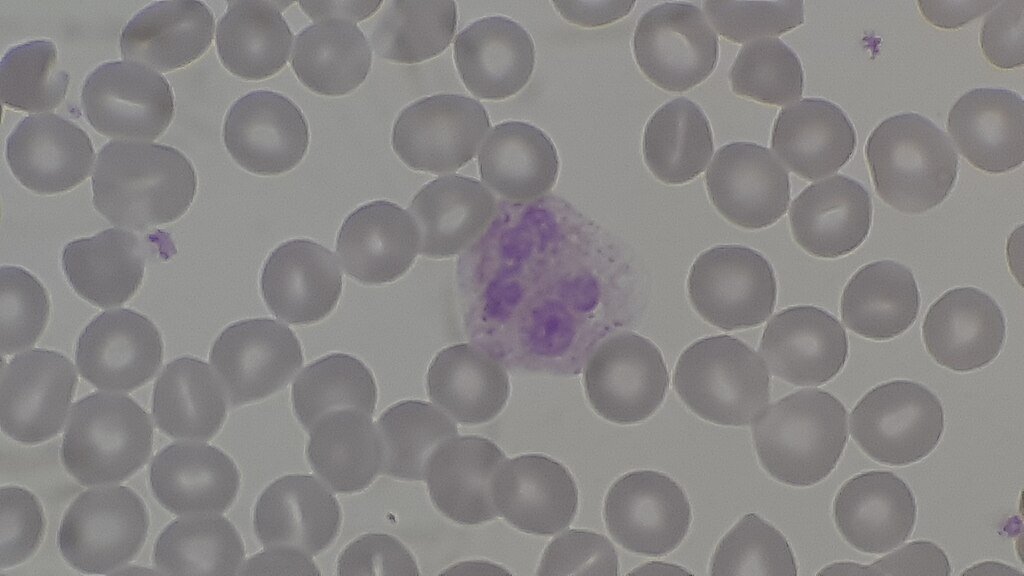
Blood tests showed a very important sign: an increase in eosinophils, which are white blood cells that rise during parasitic infections. The patient’s rash and travel history (he hadn’t left the U.S.) made people suspicious of the kidney donor, who had lived in the Caribbean, where the roundworm Strongyloides stercoralis is common.
Testing the donor’s stored blood showed that they had antibodies against Strongyloides, which showed that they had been exposed before. Even worse, lab tests found live worm larvae in the patient’s lungs, stool, and even on his skin. The parasite had spread out of control, a condition known as hyperinfection syndrome, which can kill people with weak immune systems.
A Second Victim Emerges
As doctors rushed to help the first patient, they made a terrifying discovery: the donor’s other kidney had been put into a 66-year-old man in Albany. He was also getting worse, tired, and his kidneys were not working as well. MassGen told his medical team about the same parasitic infection, and they confirmed it. Doctors gave both patients ivermectin, a strong deworming drug, but they did something that had never been done before: they gave it to them subcutaneously (under the skin) to make sure it was absorbed. This is a method that is usually only used in veterinary medicine.
Why Screening Failed And How It’s Changing
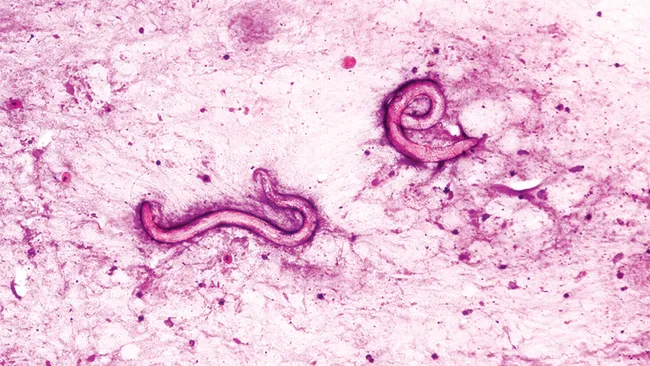
The case showed that there is a dangerous blind spot in transplant medicine. U.S. hospitals check donors for HIV, hepatitis, and other infections, but Strongyloides testing wasn’t common even though the parasite caused 42% of all parasitic infections passed on through transplants in the last ten years.
The Organ Procurement and Transplantation Network changed its rules in 2023 to require Strongyloides screening for high-risk donors, especially those from tropical areas. But the tragedy makes a sad point: even life-saving procedures have hidden dangers.
Could This Have Been Prevented?
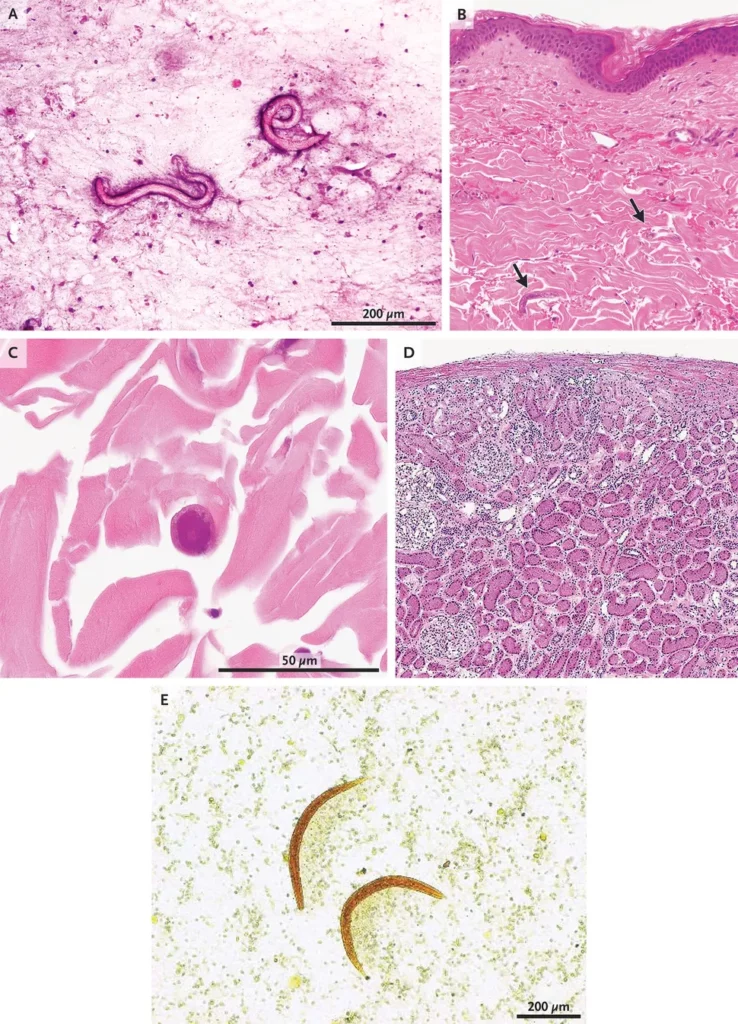
Some people say that better screening of donors could have stopped the crisis. Experts say that the donor’s Caribbean residency should have led to parasite testing. But with organ shortages killing thousands of people every year, transplant teams often have to weigh the risks against the need. One doctor said anonymously, “If we had known, we wouldn’t have used these kidneys.”
The fact that the two survivors are getting better gives us hope, but their ordeal raises moral questions: Should patients be told if their donor lived in an area where parasites are common? And how far should screening go?
A Wake-Up Call for Transplant Medicine

A spokesperson for Albany Medical Centre said, “Organ transplants save lives,” but “rare cases like this remind us that vigilance is critical.” The event has led to calls for better communication between transplant centres and parasite screening around the world.
Thanks to quick detective work and a drug that is usually used on horses, both patients are still alive for now. But their story is a haunting reminder that the most dangerous thing in medicine can be something you can’t see.
Sources:

Suhail Ahmed is a passionate digital professional and nature enthusiast with over 8 years of experience in content strategy, SEO, web development, and digital operations. Alongside his freelance journey, Suhail actively contributes to nature and wildlife platforms like Discover Wildlife, where he channels his curiosity for the planet into engaging, educational storytelling.
With a strong background in managing digital ecosystems — from ecommerce stores and WordPress websites to social media and automation — Suhail merges technical precision with creative insight. His content reflects a rare balance: SEO-friendly yet deeply human, data-informed yet emotionally resonant.
Driven by a love for discovery and storytelling, Suhail believes in using digital platforms to amplify causes that matter — especially those protecting Earth’s biodiversity and inspiring sustainable living. Whether he’s managing online projects or crafting wildlife content, his goal remains the same: to inform, inspire, and leave a positive digital footprint.

